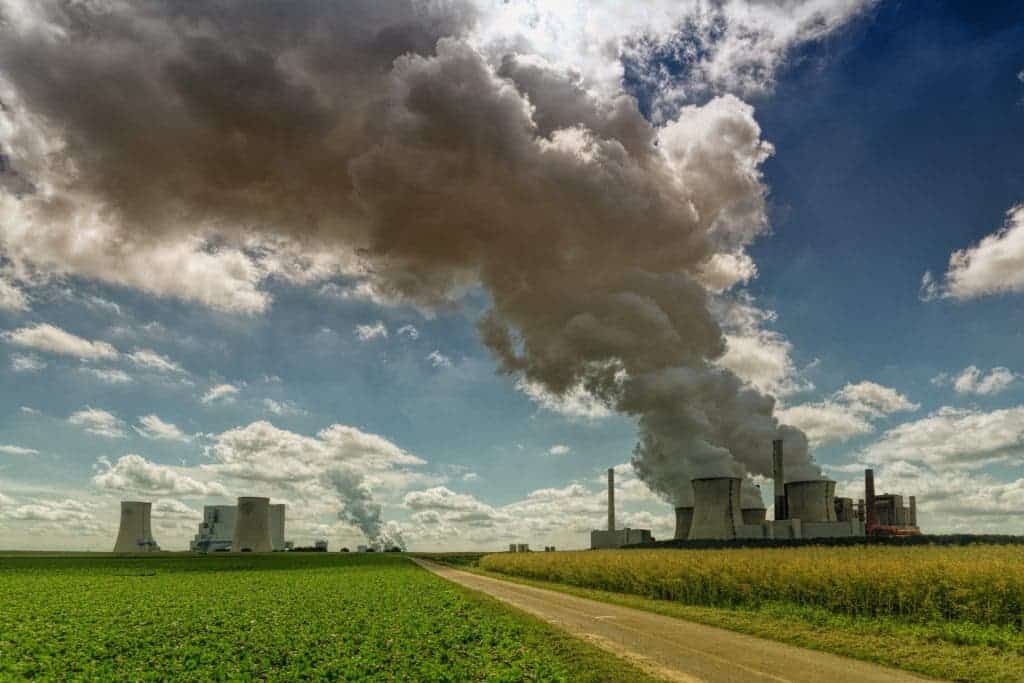A new study on the decommissioning of coal-fired power plants in the continental United States gauges the health and agricultural benefits it has generated for local communities.

Coal-fired power plants are, unsurprisingly, quite dirty. Coal burning is particularly problematic as it generates particulate matter and ozone (which together form smog) in the lower atmosphere. These compounds can affect the health of humans, wildlife, and plant life, and impact regional climate patterns by blocking incoming sunlight.
Jennifer Burney, Associate Professor of Environmental Science at the UC San Diego School of Global Policy and Strategy, looked into the benefits associated with the decommissioning of such plants. Between 2005 and 2016, she estimates, such decommissions saved over 26,000 lives and in their immediate vicinities in the continental US and helped improve local crop yields.
Coal — still dirty
“We hear a lot about the overall greenhouse gas and economic impacts of the transition the U.S. has undergone in shifting from coal towards natural gas, but the smaller-scale decisions that make up this larger trend have really important local consequences,” Burney said.
“The unique contribution of this study is its scope and the ability to connect discrete technology changes — like an electric power unit being shut down — to local health, agriculture and regional climate impacts.”
The transition from coal towards natural gas has definitely helped reduce CO2 emissions overall, Burney explains, and has helped lower local pollution levels in hundreds of areas. In order to quantify these changes, she combined data on electricity generation from the Environmental Protection Agency (EPA) with ground-level and satellite pollution measurements from the EPA and NASA to see how coal-fired plant decommissioning affected local chemistry. She also factored in county-level mortality rates and crop yields from the Centers for Disease Control and the U.S. Department of Agriculture for the same areas.
Between 2005 and 2016, she estimates that the loss of 26,610 lives and 570 million bushels of corn, soybeans, and wheat were avoided in the immediate vicinities of these decommissioned plants as a result of lower pollution levels. From this figure, she calculated that coal plants still left in operation in the US over the same timeframe contributed to 329,417 premature deaths and the loss of 10.2 billion bushels of the same crops (roughly half of a typical year’s worth of harvest in the US).
All this being said, however, gas-fired plants aren’t completely benign, Burney adds. Even new natural gas units are associated with increased levels of local pollution, but of a different make-up than that released by coal-fired plants.
“Policymakers often think about greenhouse gas emissions as a separate problem from air pollution, but the same processes that cause climate change also produce these aerosols, ozone, and other compounds that cause important damages,” Burney concludes.
“This study provides a more robust accounting for the full suite of emissions associated with electric power production. If we understand the real costs of things like coal better, and who is bearing those costs, it could potentially lead to more effective mitigation and formation of new coalitions of beneficiaries across sectors.”
The paper “The downstream air pollution impacts of the transition from coal to natural gas in the United States” has been published in the journal Nature Sustainability.



